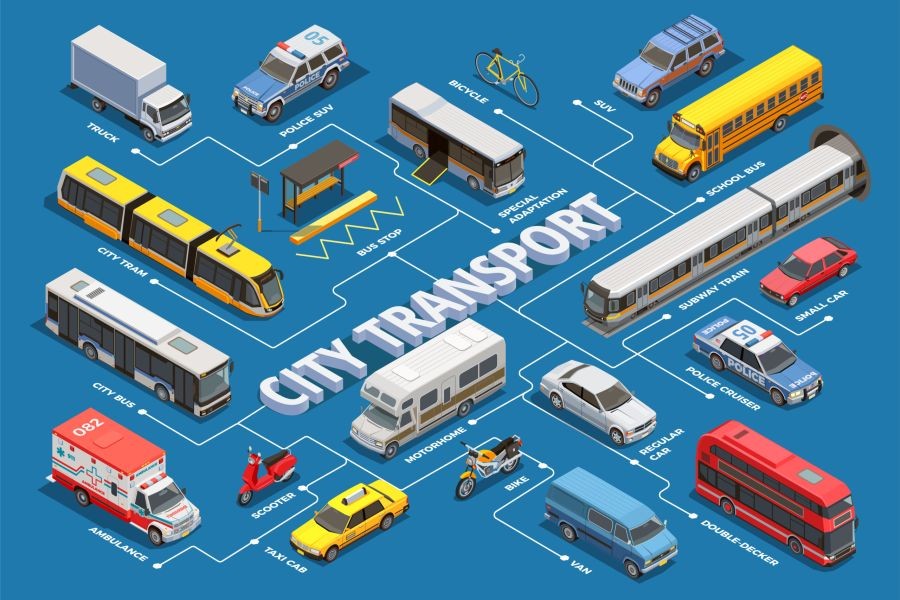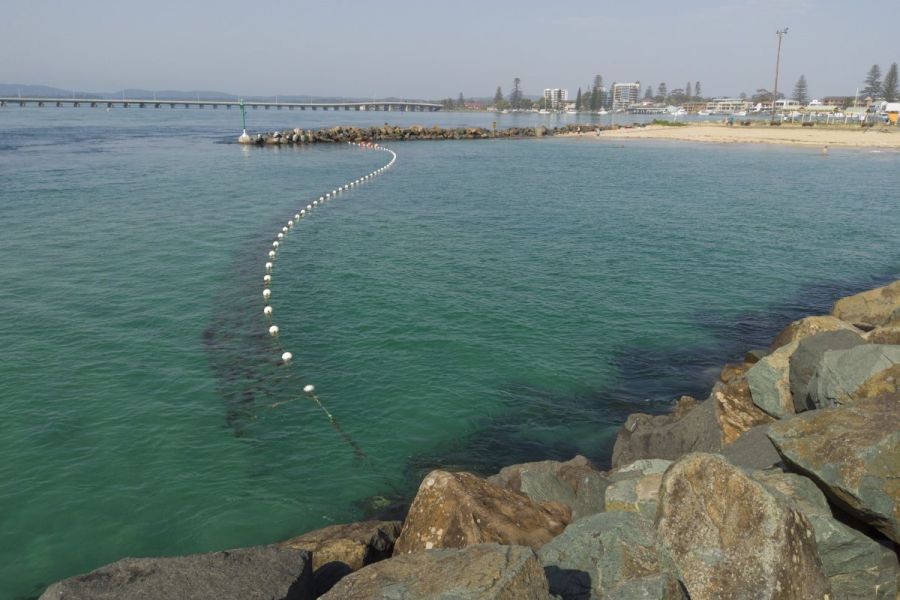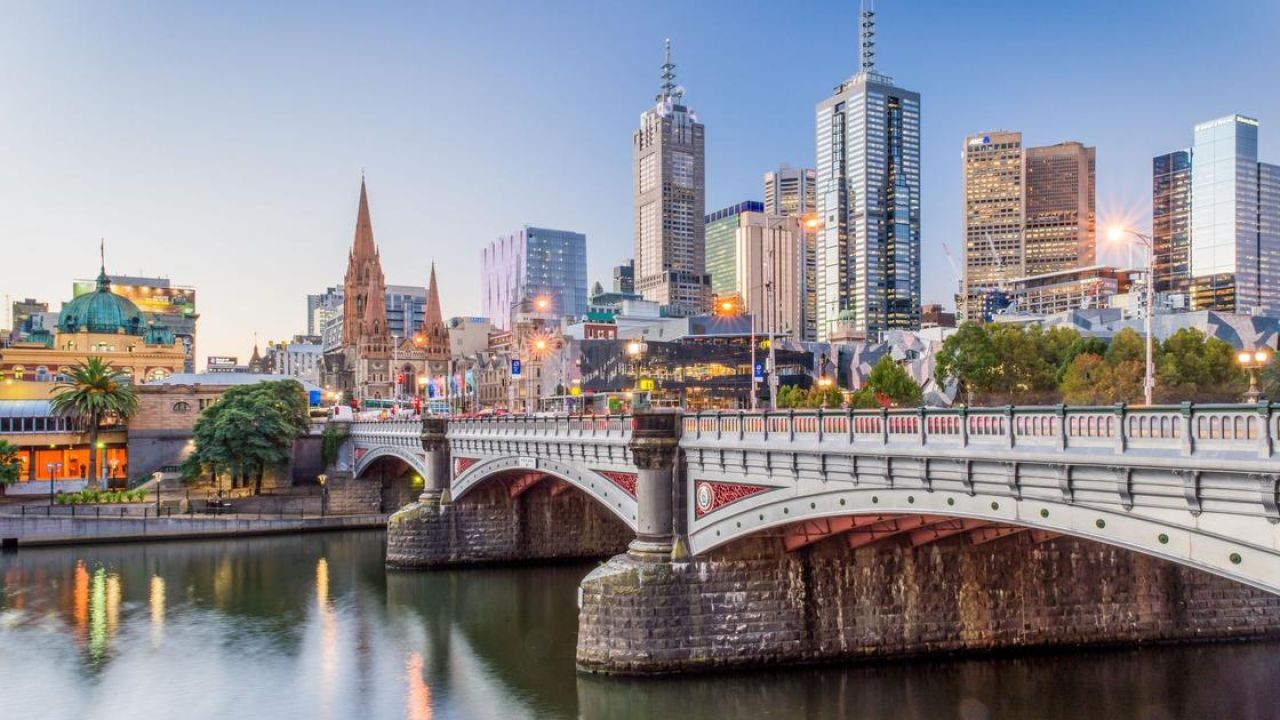New Zealand's public transport system may often be overshadowed by its stunning landscapes and vibrant culture, yet it is a vital part of the country's infrastructure. Contrary to popular belief, New Zealand’s public transport is more advanced than it appears, offering a range of benefits that are often overlooked. This article delves into why New Zealand's approach to public transportation is not only effective but pioneering in its own right.
🔍 The Hidden Efficiency of New Zealand's Public Transport System
New Zealand's public transport might not seem as expansive as systems in megacities like New York or Tokyo. However, it is remarkably efficient, particularly in metropolitan areas like Auckland and Wellington, where it plays a crucial role in reducing congestion and promoting sustainability. According to Stats NZ, public transport patronage in Auckland increased by 50% from 2013 to 2019, indicating rising public confidence in these services.
🚍 Case Study: Auckland’s Integrated Ticketing System
In Auckland, the introduction of the AT HOP card streamlined the travel experience across buses, trains, and ferries. Prior to its implementation, commuters faced fragmented payment systems, leading to inefficiencies and user frustration.
Problem: Auckland’s transport system suffered from a lack of integration, leading to confusion and inefficiency for commuters. Prior to the AT HOP card, each mode of transport required separate tickets, complicating travel for many users. Action: Auckland Transport introduced the AT HOP card, a contactless smart card that unified the payment process across all public transport modes. The card's rollout included an extensive public awareness campaign to ensure smooth adoption. Result: Within six months of the card's introduction, Auckland saw a 20% increase in public transport usage and a notable decrease in traffic congestion. Customer satisfaction also improved, with 85% of users reporting a more convenient travel experience. Takeaway: This case study underscores the importance of integrated systems in enhancing public transport efficiency. New Zealand businesses can learn from this model by adopting integrated digital solutions to streamline operations and improve customer experience.
📊 Data-Driven Insights: Economic and Environmental Impact
New Zealand's public transport is not only about convenience but also contributes significantly to the economy and environment. The Ministry of Business, Innovation and Employment (MBIE) reports that every dollar invested in public transport generates approximately NZD 1.70 in economic returns. Furthermore, the system helps reduce the country's carbon footprint, aligning with New Zealand's commitment to the Paris Agreement.
🌍 Comparative Analysis: Lessons from Global Systems
Globally, cities like Zurich have set benchmarks for public transport. Zurich’s network is renowned for its punctuality and coverage, supported by strong government policies and community engagement. New Zealand can draw from such models to enhance its own systems, particularly in expanding rural connectivity and increasing service frequency.
❌ Common Myths & Mistakes About NZ’s Public Transport
- Myth: Public transport is only for those without cars. Reality: As per Stats NZ, 40% of Auckland commuters choose public transport for convenience and cost savings, even if they own a vehicle.
- Myth: Public transport is unreliable. Reality: A report from the NZ Transport Agency highlights a 95% punctuality rate across major routes.
- Myth: Investing in public transport is not economically viable. Reality: Economic analyses reveal a 70% return on investment through job creation and increased productivity.
🔮 Future Trends & Predictions
Looking ahead, New Zealand’s public transport system is poised for further evolution. By 2028, advancements in electric and autonomous vehicles are expected to integrate seamlessly with existing networks, enhancing efficiency and sustainability. According to a Deloitte report, these innovations could lead to a 25% reduction in operational costs and a 35% increase in user adoption.
🔍 People Also Ask (FAQ)
How does public transport impact New Zealand's economy? Public transport generates approximately NZD 1.70 for every dollar invested, indicating its substantial positive impact on the economy (Source: MBIE).
What are the biggest misconceptions about New Zealand’s public transport? A common myth is that it is unreliable, but the NZ Transport Agency reports a 95% punctuality rate on major routes.
What are the best strategies for improving public transport in New Zealand? Experts recommend enhancing rural connectivity, increasing service frequency, and integrating electric and autonomous vehicles.
🔗 Related Search Queries
- New Zealand public transport efficiency
- Benefits of AT HOP card in Auckland
- Economic impact of public transport NZ
- Future of public transport in New Zealand
- Public transport myths in New Zealand
- New Zealand transport policy innovations
- Environmental benefits of NZ public transport
- Global public transport comparisons
- Public transport investments in New Zealand
- Electric vehicles in NZ public transport
🔚 Conclusion
New Zealand’s public transport system is indeed more advanced than it appears, providing economic, environmental, and social benefits that are often underestimated. As the country continues to innovate and invest in this sector, it sets a precedent for other regions to follow. The challenge is to sustain this momentum and address emerging trends proactively.
Are you ready to explore New Zealand’s public transport? Share your experiences and insights in the comments below!






























